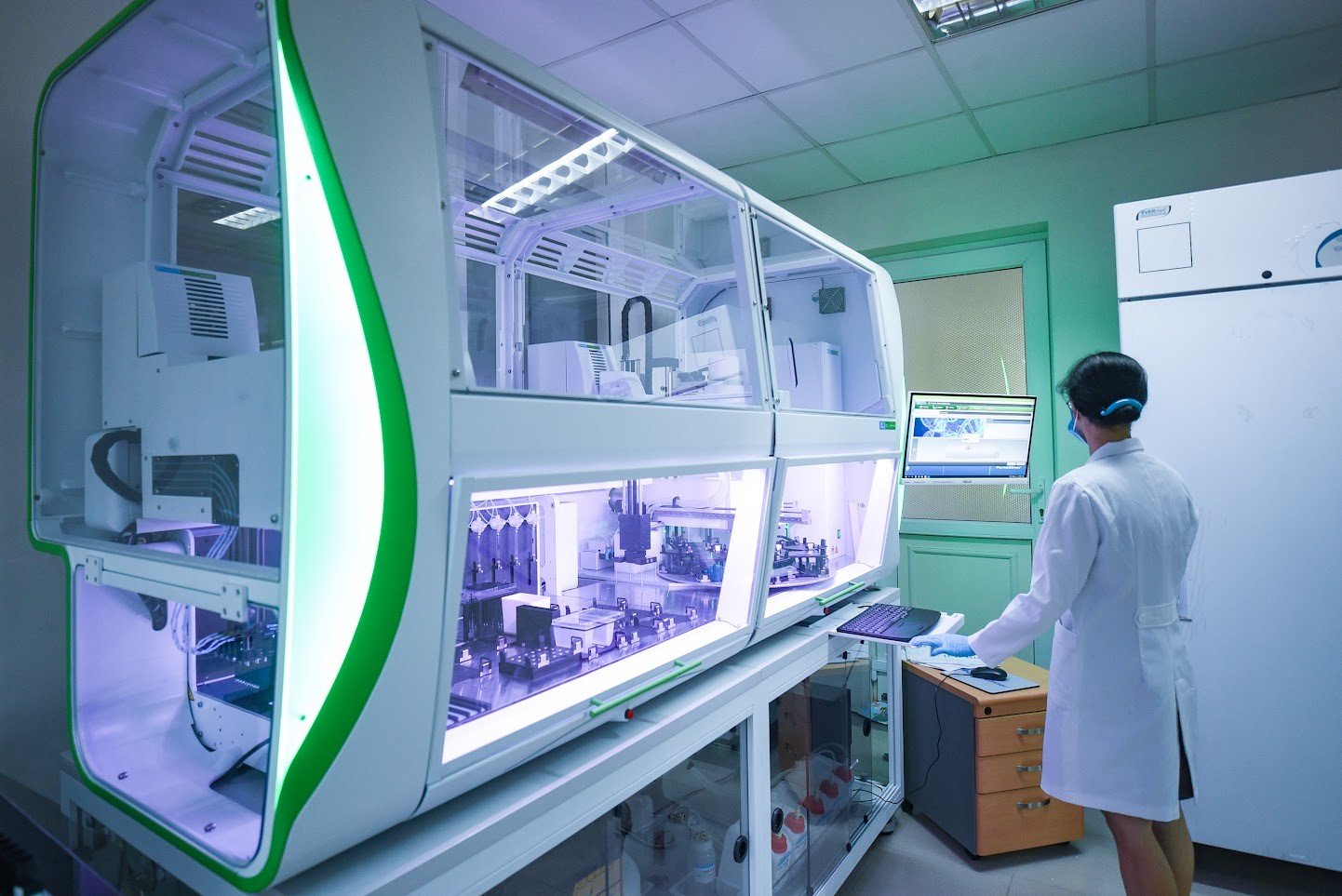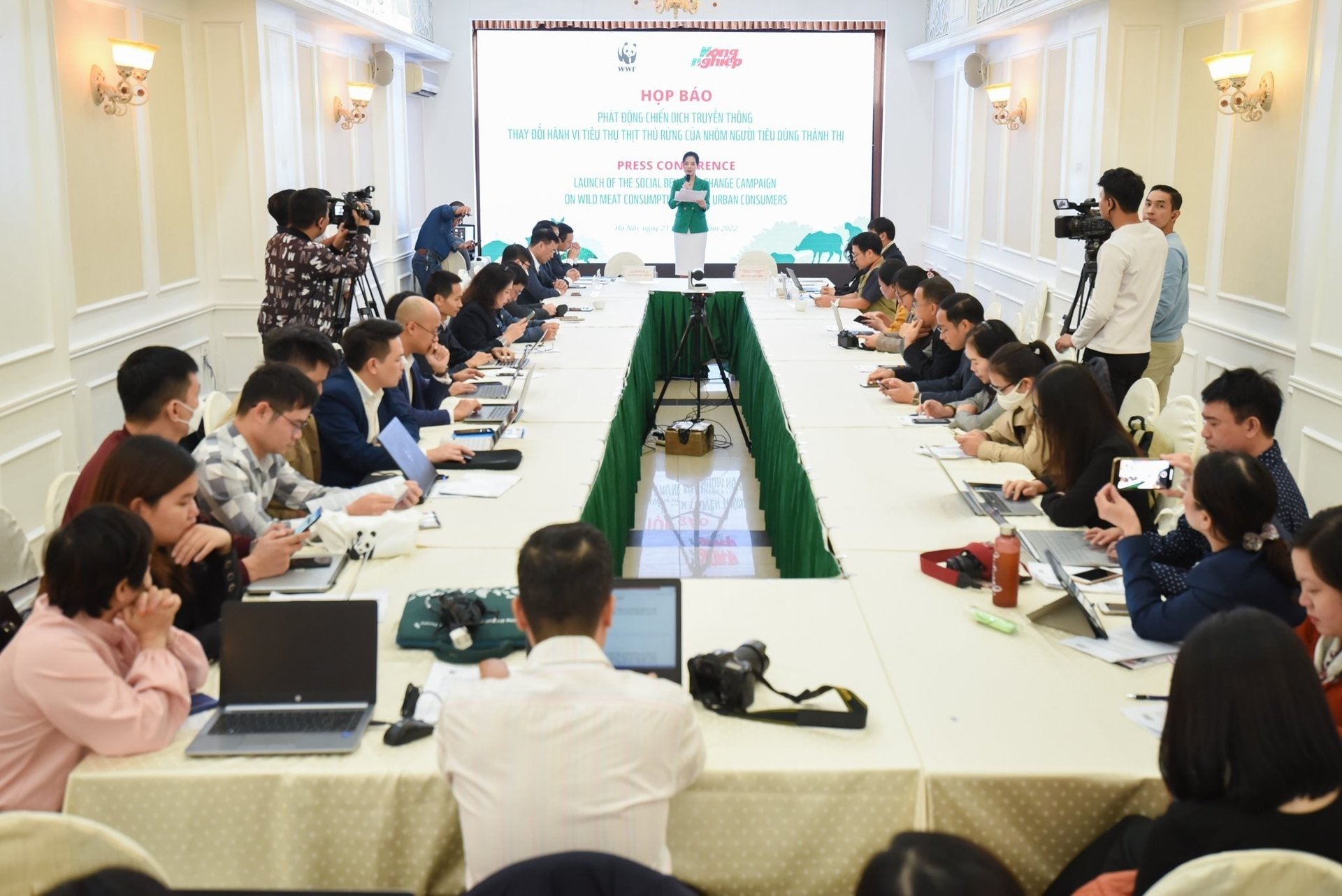November 26, 2025 | 11:02 GMT +7
November 26, 2025 | 11:02 GMT +7
Hotline: 0913.378.918
November 26, 2025 | 11:02 GMT +7
Hotline: 0913.378.918
New technologies can contribute to improving environmental performance and achieving green growth goals by replacing resource-intensive and polluting activities or making existing activities more environment-friendly. In return, green growth can open up new models for agricultural research, focusing more on environmental demands for the benefit of food security.
The environmental performance of farming systems can be improved through innovation in engineering, information technology and biotechnology. Newer technology has the potential to reduce the amount of known toxins in agricultural production, offering safer alternatives, protecting groundwater or surface water, and preserving natural habitats. These innovations imply changing current farming practices and using different technologies to enhance productivity and ecological efficiency.
Throughout history, science has been widely applied to agriculture, resulting in rapid productivity growth and the development of new crop varieties in many countries through the “Green Revolution”. Agricultural research has made a big contribution to humanity, helping food supplies exceed demands despite of the rapid population growth and shrinking natural resources.
How global agricultural systems maintain this performance now depends on research and technology that enhances their ability to increase eco-efficiency, improve sustainable use of resources and respond to climate change.

Agricultural Genetics Institute, Vietnam. Photo: VAN.
Public support for agricultural R&D is declining. The diversion of research resources to other agendas leads to early warning signs of a slowdown in agricultural productivity growth. Despite the importance of the agricultural sector for food security and green growth, only 4% of public and private R&D spending in developed countries is directed towards agriculture. The world continues to underinvest in agricultural R&D due to domestic and international market failures related to capacity adequacy issues.
Private sector spending on agricultural research has experienced a downtrend along with the growth of public spending in recent years. Governments can boost corporate R&D investment in agriculture through targeted support, tax credits and public/private partnerships to have a multiplier impact on public research funding.
The current context calls for global acts not only to cut distortive subsidies and open markets for agricultural products but also to increase the level and effectiveness of development assistance to promote green growth in agriculture.
This generally requires greater emphasis on bilateral and multilateral aid flows to the agricultural sector, which currently accounts for less than 4% of total development assistance. Despite the fact that 75% of the world's poor live in rural areas and depend on the agricultural sector, the share of aid to agriculture continues to decline in total.
As for the biggest decrease, agricultural aid from bilateral donors currently accounts for less than 3% of official development assistance (ODA). Support for agriculture from multilateral organizations such as the World Bank has also decreased to 5 - 6% of multilateral aid.

Vietnam actively cooperates with organizations receiving funding sources in the agricultural sector. Photo: VAN.
While it is an important contributor to poverty reduction, economic growth has complicated issues with income growth from agriculture. In sub-Saharan Africa countries which rely on agriculture, the sector employs up to two-thirds of the workforce and generates more than 30% of GDP. For the poorest group, GDP growth from agriculture is four times more effective at raising incomes than other sectors. Agricultural growth, through its leverage over the rest of the economy, often enables poor countries, regions and households to take the first steps towards economic transformation.
In the Green Growth Policy Toolkit, agricultural development support focuses on natural resource management and climate change adaptation. Agricultural productivity can be enhanced through basic resource management practices such as rain retention, irrigation water conservation, wastewater reuse, dryland farming, and pest and weed control by exploiting natural biological processes.
Agricultural development support must prioritize adaptation to climate change. Agriculture and particularly water resources are highly vulnerable to negative impacts of climate change. Apart from funding, developing countries require support in terms of technology and capacity building.
Aid for Trade helps countries improve their capacity to participate in the global trading system, which can work towards improving the environment in the agricultural sector. Trade support priorities for agriculture should include green technology transfer, developing water management infrastructure and promoting green enterprise.
Agricultural products, mostly unprocessed, will continue to account for a significant proportion of the export structure of developing countries. The emergence of green agricultural enterprises has the potential to become the foundation of trade-led growth and poverty reduction strategies. This will enhance the ability of economies that rely on narrow primary commodity exports, helping them reap benefits from the changing global trade regime for agricultural products.
Translated by Samuel Pham
/2025/11/25/0045-1-135246_13.jpg)
(VAN) Ca Mau is researching a model of sea-encroaching embankments combined with viaducts and logistics service zones, aiming both to prevent erosion and create land funds for marine economic development.

(VAN) The information was shared at the seminar 'Urban Agriculture - Solutions for Developing Green Spaces,' organized by the Kinh te & Do thi Newspaper and the Biotechnology Center of Ho Chi Minh City.
/2025/11/19/4141-2-132831_216.jpg)
(VAN) One of Japfa's outstanding solutions is implementing digital transformation and artificial intelligence (AI) to optimize operations, enhance productivity, and advance sustainable development.
/2025/11/19/4847-1-093540_448.jpg)
(VAN) The Gia Lai Provincial People’s Committee had a working session with the delegation of the U.S. Department of Agriculture, the State of Idaho, and representatives of the State's leading enterprises.

(VAN) Ca Mau has a sufficient foundation to become a strong regional aquaculture center, where production integrates the economy, the environment, and the lives of the people.

(VAN) SEIKI Group envisions itself as a pioneer in the ‘dual transformation’ of digital technology and green industry, standing alongside the Government and Vietnamese businesses in their pursuit of sustainable development.

(VAN) The VNGEONET network affirms Viet Nam's progress in mastering digital space, providing a precise positioning data platform to serve socioeconomic development.